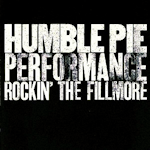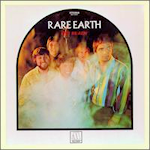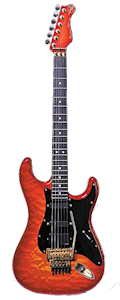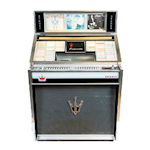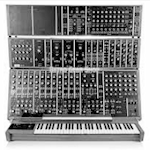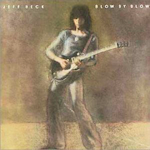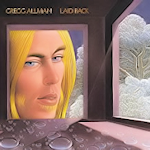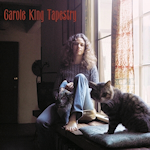
"Tapestry" is a critically acclaimed album by American singer-songwriter Carole King, released in 1971. It is considered to be one of the greatest albums of all time, and it has sold over 25 million copies worldwide.
The album features 12 tracks, most of which were written by King herself, either alone or in collaboration with other songwriters such as Gerry Goffin and Toni Stern. Some of the album's most iconic tracks include "I Feel the Earth Move," "It's Too Late," "You've Got a Friend," and "(You Make Me Feel Like) A Natural Woman," which was famously covered by Aretha Franklin.
"Tapestry" is known for its confessional and introspective lyrics, which were ahead of their time in the early 1970s. King's voice is soulful and expressive, and her piano playing is both intricate and powerful. The album was produced by Lou Adler, who helped to bring out the best in King's songs and performances.
"Tapestry" won four Grammy Awards in 1972, including Album of the Year, Best Female Pop Vocal Performance, Record of the Year for "It's Too Late," and Song of the Year for "You've Got a Friend." It continues to be regarded as a classic album and a landmark in the singer-songwriter genre.
Track by track (vinyl):
- I Feel the Earth Move:
- This track sets the tone for the album with its upbeat tempo and infectious energy. King's vocals are vibrant, and her piano playing is dynamic. The song captures the heady feeling of newfound love and infatuation.
- So Far Away:
- A poignant ballad that reflects on the loneliness and separation from loved ones. King's vocals are emotive, and the stripped-down arrangement allows the sincerity of the lyrics to shine through.
- It's Too Late:
- Perhaps one of the most iconic tracks on the album, "It's Too Late" features a memorable piano riff and heartfelt lyrics. King's delivery is soulful, and the song perfectly captures the emotions of a relationship coming to an end.
- Home Again:
- This song has a comforting and reflective quality. It's a beautiful exploration of finding solace and security, particularly in the face of life's uncertainties. The simplicity of the arrangement enhances the intimacy of the lyrics.
- Beautiful:
- With its uplifting melody and positive lyrics, "Beautiful" is a celebration of self-love and acceptance. King's vocals are warm and reassuring, making it a standout track that resonates with listeners.
- Way Over Yonder:
- This gospel-inspired track showcases King's ability to draw from various musical influences. The song's themes of hope and resilience are underscored by powerful vocals and a soulful arrangement.
- You've Got a Friend:
- A classic in its own right, this song is a testament to friendship and support. The soulful rendition by King, coupled with James Taylor's backing vocals, creates a timeless piece that has resonated across generations.
- Where You Lead:
- This upbeat and catchy song is a joyful exploration of love and commitment. The lyrics, written in collaboration with Toni Stern, convey a sense of devotion and partnership.
- Will You Love Me Tomorrow?:
- Originally co-written by King and Gerry Goffin for The Shirelles, this rendition is more introspective. The slower tempo and King's emotional delivery add depth to the lyrics, exploring the uncertainty of love.
- Smackwater Jack:
- This track adds a bluesy and jazzy element to the album. The storytelling is vivid, and King's piano skills shine. The song's narrative about a man named Smackwater Jack has a theatrical quality.
- Tapestry:
- The title track is a metaphorical exploration of life's journey and the interconnectedness of experiences. King's lyrics, combined with a melodic piano arrangement, create a reflective and introspective mood.
- (You Make Me Feel Like) A Natural Woman:
- Originally co-written by King and Goffin, this song became a signature tune for Aretha Franklin. King's rendition on "Tapestry" is soulful and powerful, providing a fitting conclusion to the album.
"Tapestry" is a masterpiece that not only showcases Carole King's exceptional songwriting and musical talent but also captures the spirit of the early 1970s singer-songwriter movement. The album's enduring appeal lies in its honesty, relatability, and the timelessness of its themes. Each track contributes to the overall narrative of love, loss, and self-discovery, making it a landmark in the history of popular music.
"Tapestry" would become the best-selling pop album of all time until Peter Frampton's 1976 live album "Frampton Comes Alive!" eclipsed it. At 318 weeks on the US Billboard 200, it remained the longest-charting album by a solo female artist until Adele's "21" in 2017.
Carole King genealogy and discographyExplore Carole King music on Amazon...

